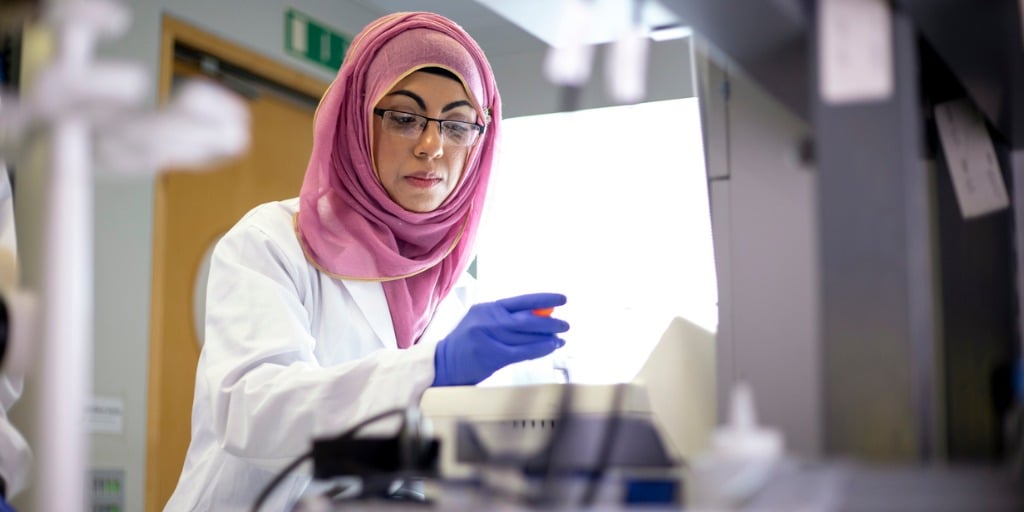How long do clinical trials take?

Before it is released onto the market, the development of any new drug or medical device must undergo rigorous testing, part of which involves clinical trials. Clinical trials are integral to making sure that any new therapy is both safe and effective for individuals, and volunteers are a vital part of the process.
Because clinical trials are so in-depth, they can be part of a lengthy testing period — the average time to market after identifying a potential new treatment is roughly 10 years, except in specific circumstances such as the COVID-19 pandemic. Below, we will be sharing what happens before patients are invited to take part in the trials, and explaining how each clinical trial phase is differentiated.
What happens before a clinical trial?
Long before any clinical trial begins, basic research, drug discovery, and preclinical studies are required to decide whether the potential treatment is a candidate for further investigation. This phase is referred to as preclinical research, which can take anywhere from one to six years.
During this phase, in vitro and in vivo testing will occur, and for some drugs, researchers will perform drug profiling using computer modeling to determine how a drug will interact with the human body. After testing, researchers will only take the most promising potential treatments to the first phase of a clinical trial.
How long do the phases of a clinical trial take?
If results from preclinical research seem promising, the study team is then able to move on to clinical trials, which use humans as subjects for a real-world perspective. Below are the FDA’s clinical trial phases:
Phase 1: Phase 1 trials typically enroll 20 to 100 individuals, made up of healthy volunteers or people with the condition being studied, and last several months. This phase measures safety by testing for any adverse side effects of the treatment but doesn’t measure how effective the drug or device is.
Phase 2: Around 70% of potential new drugs pass Phase 1 and enter Phase 2, which continues to measure safety while also looking at how effective the treatment is and carefully investigating side effects. Clinical trials have different criteria that determine who can take part, and finding the right types of volunteers can also take time. Phase 2 trials typically recruit several hundred patients with the condition to take part and last several months to two years.
Phase 3: Just 33% of drugs make it past Phase 2 and into Phase 3, which tests the potential treatment in the largest number of people. This phase measures both safety and effectiveness with many volunteers, sometimes thousands, and lasts from one to four years.
FDA Approval: Approximately 25 to 30% of treatments move forward in the approvals process. After Phase 3, a pharmaceutical company may submit a New Drug Application (NDA) for the treatment to the Food and Drug Administration (FDA). The FDA then reviews results from all stages of the trial to determine whether it will approve the drug and allow the pharmaceutical company to begin marketing it to the public.
Phase 4: Phase 4 is often called “Post-Approval Research and Monitoring.” After a new treatment is approved by the FDA, the pharmaceutical or device company may want to continue monitoring patients to learn more about the treatment’s longer-term effects, while comparing it against other already-approved options. It may take time for long-term side effects to appear, making this an important phase.
The clinical trial process is long for a reason: By the time drugs reach the public, they have been thoroughly tested and evaluated to be safe and effective. However, for this research to take place, volunteers have to take part. To see if you qualify for a trial, use the button below to get started.
Topics: For Patients
